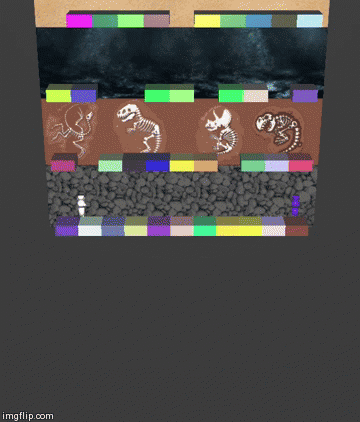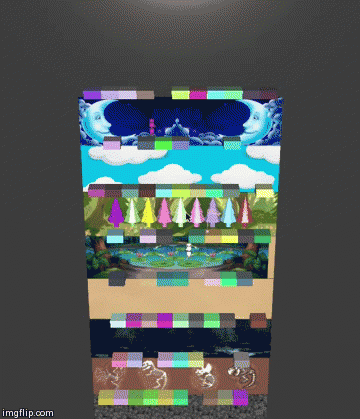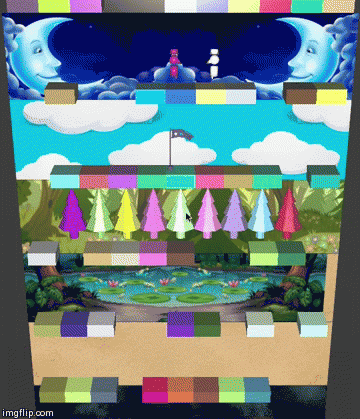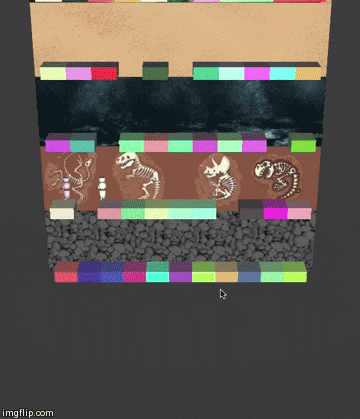Introduction
Vertical World is a 2.5D multiplayer-playable game. I say multiplayer-playable because you can control both characters yourself.
I kept changing my idea on what I wanted to implement. In the end, I went for 3D graphics with 2D game play to focus more on the visuals rather than game logic. For tools I used OpenGL, GLUT, and tinyobjloader.





